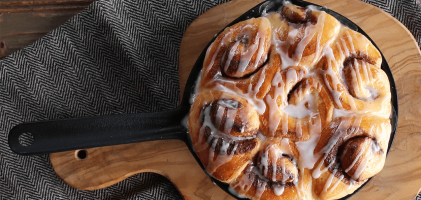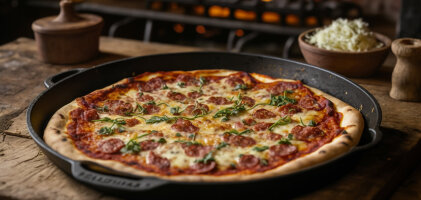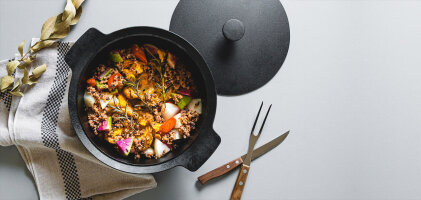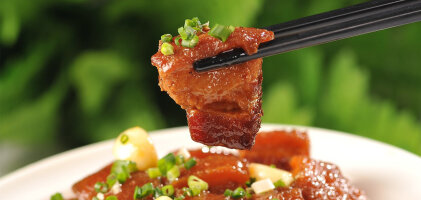Shirataki Noodles - 白滝 "White Waterfall"
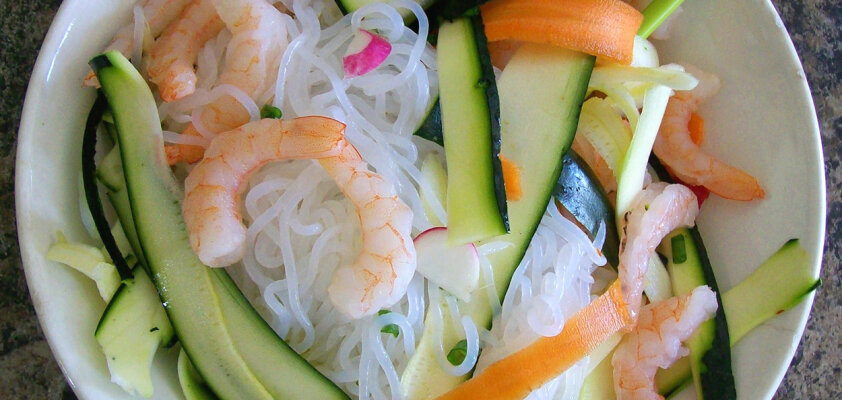
Wunder-Nudel or overrated? Do you believe that pasta contains many carbohydrates and is unhealthy? Then you haven't heard of Shirataki yet. A healthy alternative to holiday calories – but not only that.
Full of health with (almost) zero calories
During the Christmas season, many people worry more than necessary about the abundance of cookies, sausages, and gingerbread lurking everywhere. Pasta and noodles, one might think, are really not needed there. But what if there are some that have almost no carbohydrates and calories and can even help with weight loss? Enter Shirataki.
The name Shirataki translates to 白滝, meaning "white waterfall" – and that's exactly what the noodles look like. So thin and transparent like glass noodles from China and Thailand and as chewy and slippery as Udon, which we know from Japan. With this type of noodles, the term "satiety side dish" takes on a new meaning. They really keep you full for a long time without making you gain weight.
This is because 100 g of these noodles contain only 4 kcal and about 1 g of digestible carbohydrates. At the same time, they also contain 4 g of fiber. A real miracle for those aiming for a low-carb diet – that's why they are often sold as "Zero Noodles" or "Miracle Noodles". Strictly speaking, Shirataki have a caloric value, but any dish containing fewer calories than the minimum value of 5 kcal can be considered calorie-free. They are also gluten-free. But how is all this possible?
The secret behind shirataki: konjac
Japanese Shirataki noodles are made up of about 97 percent water and the remaining portion is made from the flour of the konjac root (Amorphophallus konjac), also known as devil's tongue. This tuber of this plant, called Konnyaku in Japan and resembling a potato, is well-known in Asia but much less widespread in the West. Processed into jelly, it floats in the Japanese Oden fish soup, is consumed like sashimi with a little soy sauce, added to salads, and found in various Japanese sweets. Especially "Fruit Jelly" is eaten a lot and gladly, a very sweet jelly in small cups that look like yogurt.
In addition to Konjac noodles, you can also make special rice from the tuber, which is rich in fiber and texture, low in calories and gluten, and helps with weight loss, similar to the noodles. Cooked, glazed with sweet and sour miso, and served with eggplants, daikon radish, and tofu, the Konjac jelly makes the Japanese dish Dengaku. In Chinese cuisine, such jelly even replaces shark fins in the infamous soup.
Konjac is so popular in Japan that it even has its own museum: The "Konnyaku Museum" in the city of Obata, Gunma Prefecture, offers the opportunity to try various variations of savory and sweet dishes in a buffet style, all made from the tuber. Not only that: Visitors can also watch the production of Shirataki noodles and other Konjac products in the in-house factory. And all of this is free for the visitor. In this way, the hosts hope that tourists will also become fans of the miracle root.
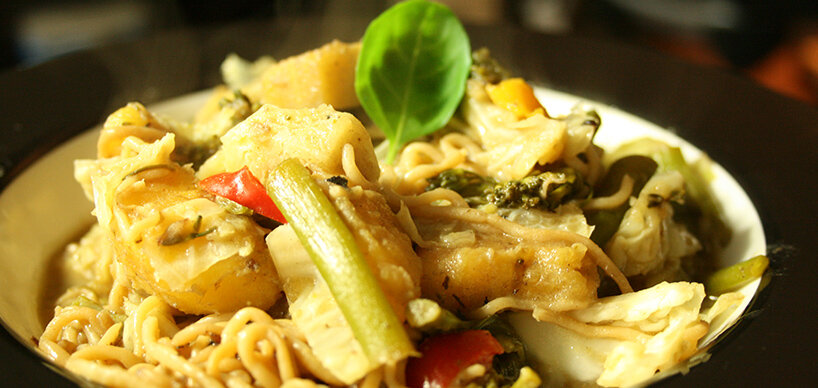
Healthy eating is a tradition
The root also gives Shirataki noodles their other name: Ito Konnyaku, simply "Konjac threads". Strictly speaking, these differ from Shirataki, as they are thicker and darker. In the Kansai region around Kyoto and Osaka, this version is preferred. The darker color is due to seaweed powder added to the root. Previously, this was the norm thanks to the traditional preparation method, where the Konjac root was not ground but cut into strips. There are also Shirataki noodles today that contain tofu, making them a bit more nutritious.
What may seem like a modern fitness trend to us has been around in Japan for a long time. Konjac has been known in Japan since the sixth century when it came from China and Korea to the island nation. Asian cuisine is much less focused on weight loss – instead, people still enjoy the "zero-calorie noodles" today because of their unique texture and ability to absorb flavors. They have also been available in the West for some time now: The American company "Miracle Noodle," which offers the pasta alternative in various forms like glass noodles, fettuccine, or spaghetti, started in 2006, for example.
In addition to fiber and calcium, which is good for bones, Shirataki noodles have hardly any nutrients, so they must be consumed with nutritious side dishes. This is also noticeable in their flavor: Unlike Italian pasta, Shirataki has no inherent taste. Therefore, they are often served with savory sauces and vegetables whose flavors they absorb excellently. Drinking plenty of water is important: Glucomannan, a soluble fiber found in Konjac flour, expands and can absorb a lot of water in the body. It is also said to interfere with the effects of medications. Therefore, medications should ideally be taken four hours before or after consuming dishes like Shirataki. For those who like to indulge in a midnight snack, Shirataki noodles are a blessing – unlike calorie-rich foods, they hardly affect the daily rhythm and do not disturb sleep.
Shirataki are just the beginning
Konjac powder, capsules, or tablets can be bought directly in containers and consumed or added to food because there are many good reasons that speak for the miracle root. Glucomannan possesses many properties that make the devil's tongue a veritable medicinal plant. It has been used in Chinese medicine for a longer time. Therefore, it was initially considered a medication in Japan as well before people started preparing dishes from it – especially meat substitutes in temples – in the 12th century. Among the positive effects of Konjac root on nutrition and health, it lowers blood sugar, regulates cholesterol levels, and slows down digestion, making the weight loss effect noticeable: According to a study, the intake of just a few grams of Konjac per day leads to more pronounced weight loss. Additionally, Glucomannan is a prebiotic, meaning it promotes friendly gut flora, which has a positive impact on the health of the entire body.
Despite its promising effects, Konjac is still viewed with skepticism. In large quantities and as jelly, the extract from the root is even banned in some places due to a higher risk of choking, as it does not dissolve in the mouth as well as gelatin. So, if you eat Konjac in a form other than Shirataki: chew well!
Products from the Konjac root not only lay the foundation for a fiber-rich diet but are also found in other areas. They are suitable, for example, for cosmetic products: As a face sponge, Konjac is gentler and more tolerable than synthetic utensils, while also supplying the skin with vitamins and minerals. Starch from the devil's tongue is also used in the production of particularly robust Japanese paper. Decorative Momigami from mulberry paper is mixed with it and additionally stabilized by hand crumpling.
Buying and preparing konjac noodles correctly
Due to their lack of inherent flavor, the carb-free noodles are suitable for just about any recipe. Particularly for noodle salad, they are convenient as the preparation is very quick, and their texture adds that special touch to the dish. In Japan, they are enjoyed in Sukiyaki, a kind of Japanese hot pot, in ramen, and spring rolls.
In a well-stocked supermarket or Asian market, you can find Shirataki in the frozen section, packaged in the dry variant, or chilled in packets where they float in liquid. Sometimes, pure Konjac in soft, square blocks is also available, which should also be refrigerated. If you can't find Shirataki noodles near you, the internet – especially Amazon – is full of corresponding offers.
When bought fresh from the refrigerated shelf, Konjac noodles often still smell like fish or algae. Not everyone can get used to this, but the aroma can be easily removed: To do this, rinse the Shirataki thoroughly with running water and then boil them, precisely 2 minutes in a pot. After that, the noodles should be stir-fried for about 10 minutes without oil so that the excess liquid evaporates, and the consistency is right. This achieves their drained weight (DW) of about 50-75%. You should also calculate the quantity accordingly: So, 300g of Shirataki in the package will have about 200g DW. In the meantime, it's best to turn them several times with tongs to ensure even cooking. However, Shirataki should not be too dry when they come out of the pan.
A variety of recipes with shirataki
Shirataki offers the opportunity to create many innovative variations of low-carb noodles that do not compromise on taste compared to regular pasta. Let the dish sit for a few extra minutes before consuming so that the Shirataki noodles can absorb the flavors optimally. These recipes with Shirataki bring out the best in Konjac noodles:
- Quick and simple: The easiest way to eat Shirataki is with some butter and aromatic spices. You can also cook them directly in tasty broth or sauté them in oil or butter to enhance the flavor
- Cold delight: Japanese enjoy the low-carb noodles chilled with some soy sauce or as a side to tempura and bento. How about adding some spring onions, garlic, or peanut butter for flavor?
- Healthy and vitamin-rich: Try Shirataki as a simple noodle salad with your favorite vegetables, roasted sesame seeds, and a dressing made from rice vinegar, sesame paste, and soy sauce. If you prefer it warm, you can also stir-fry the Konjac noodles with sauce and vegetables, garnishing them with sesame and other toppings like shrimp, chicken strips, or tofu
- Light and colorful: A Shirataki Buddha Bowl with chickpeas, sweet potatoes, and mint is filling and satisfying
- Hearty and juicy: Sauté some chicken, onions, ginger, and carrots in a pan along with the Konjac noodles and season everything with a bit of lemon, sesame oil, oyster sauce, soy sauce, chili, sake, salt, and pepper. Mushrooms also pair perfectly with the noodles instead of meat
- Caution, spicy: Try cooking a spicy curry with pumpkin, sugar snap peas, broccoli, coconut milk, and lime with low-carb noodles instead of rice. Tip: Add beaten eggs to the curry sauce before mixing in the noodles
- Hot and nourishing: Create a warming soup with Shirataki using minced meat or meatballs, ginger and soy sauce seasoned chicken broth, spring onions, as well as carrots and radish
- Low-carb pasta: Italian recipes like spaghetti carbonara or fettuccine alfredo taste different but just as good with Konjac noodles and without guilt
- Almost carb-free alternative: Our recipes for yakisoba, sukiyaki, miso soup, and ramen can be easily made with Shirataki.
Shirataki- FAQ
How long does Shirataki need to cook?
First, rinse the Shirataki thoroughly with running water and then boil them, specifically for only 2 minutes in a pot. After that, the noodles should be sautéed without oil for about 10 minutes, allowing the excess liquid to evaporate and ensuring the right consistency.
What is Shirataki rice?
Aside from Konjac noodles, you can also make special rice from the tuber, which is rich in fiber and texture, low in calories and gluten, and aids in weight loss similar to the noodles. Cooked, glazed with sweet-sour miso, and served with eggplants, daikon radish, and tofu, the Konjac jelly creates the Japanese dish Dengaku. In Chinese cuisine, such jelly even replaces shark fins in the infamous soup.
Where can you buy Shirataki?
In well-stocked supermarkets or Asian markets, you can find Shirataki in the freezer section, packaged in the dry variety, or chilled in packets where they float in a liquid. Sometimes, pure Konjac in soft, square blocks is also available, and these should also be kept refrigerated. If you can't find Shirataki noodles near you, the internet – especially Amazon – is full of corresponding offers.

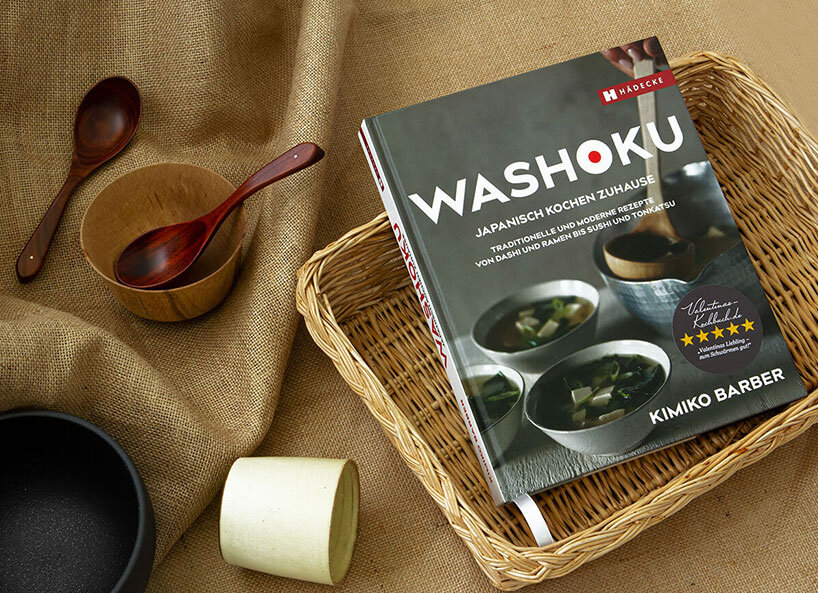
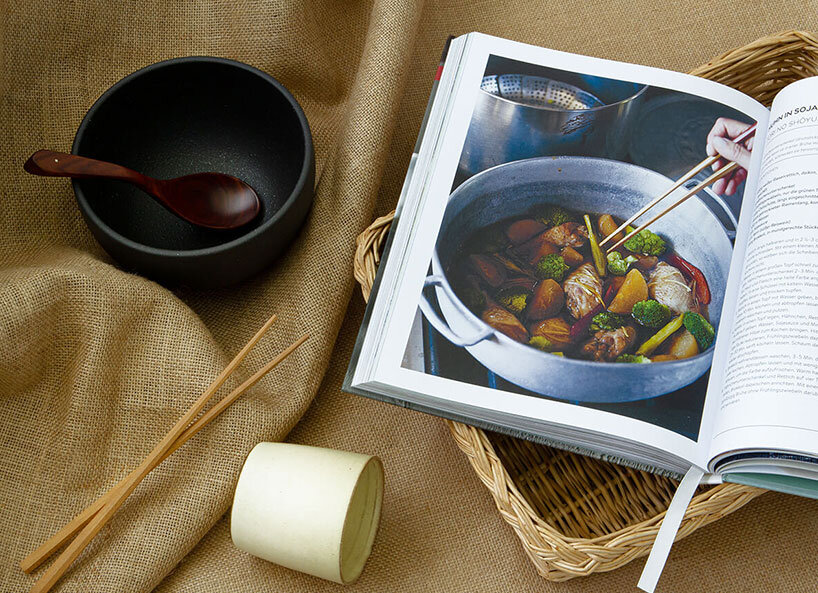


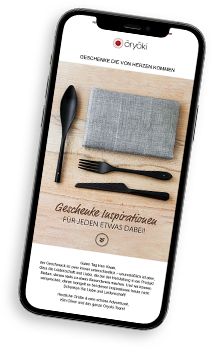

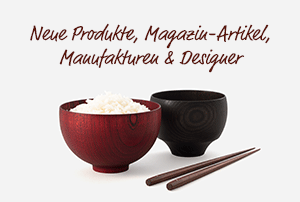

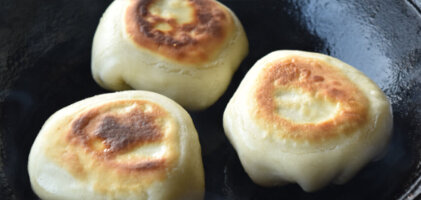
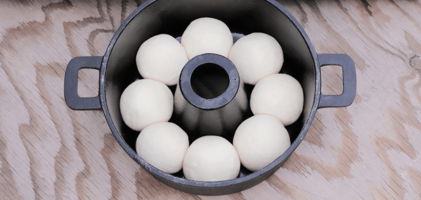
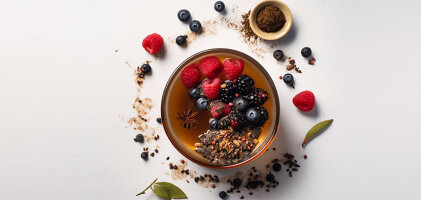
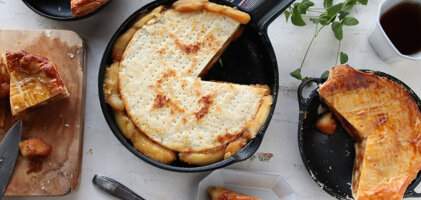
-from-the-yakiyaki-grill-pan.jpg)
